World Fine Art Professionals and their Key-Pieces, 82 - Hans Gritter
World Fine Art Professionals and their Key-Pieces, 82 – Hans Gritter
There’s a lot of movement in the paintings of Hans Gritter. Speed too. He works very direct. You see fluid movements. This is also because of the watercolor technique, which he often uses.
I speak with Hans Gritter at the exhibition in the Amsterdam MLB gallery of some members of the artists association The Independents. The exhibition is called ‘Colour in Witte de With’. Some dance images of his hand are hanging there. The dancers seem to dance off the paper.
Motion
Speed and motion suits his character, he says. “I am impatient, mobile and work spontaneously. Then you’re more likely to make a watercolor than an oil painting, where you have to wait quite a time till it has dried. I use rice paper. It is not made of rice itself, but from rice straw and fibers from other plants, bamboo, hemp, mulberry and sandalwood.”
Gritter has several themes. He makes portraits, landscapes and dance images. In all is motion, not only in that of dance. “If there is no movement in it, it is not successful for me.” If he makes a portrait, he focuses on the complexity that he observes in the attitude and the face of the subject. A cheerful face with sad eyes for example. Or someone who is about to say something. “That creates agility in the face, when the mind moves usually also the facial expression moves. A deathly expression is the last thing I want.”
Even in the landscapes there is motion. He shows me images of fens which he painted in the moorlands of the Campina nature reserve in Brabant and trees in and around Ruigoord, the artists’ village near the Amsterdam harbor, where he had a studio for thirty years. At some watercolors you can almost hear the wind. “Painting in the open air is often a battle with the elements, but headwind increases the kite! And the light is constantly changing. Clouds are drifting past, the sun disappears and reappears. That gives shadows and disappearing shadows. It happens all of a sudden.”
Fast and accurate
Hans Gritter paints from observation. “The better I look to the person in front of me, the scenery in front of me, the more I see. It sometimes seems that this person, this landscape unfolds like a flower to me.” It is recorded in ink and watercolor. He likes to experiment with materials. For example, rice paper is different than watercolor paper. Watercolor on paper, you can still correct, wash away. On rice paper you can not. It should be there at one time. “You have to be fast and accurate. A bit of Zen as it were. I paint falls for example on a medium format. For painting them, I use a board that I can expand into three parts. Around the expanded board I do a flannel cloth, so that the paint does not pass through the rice paper. If I paint outside, I usually go to work in this way.”
Rice paper
The rice paper he had encountered on a trip in India and Nepal. He was in Mumbai and Rajasthan, Jaipur, and near the Ganges, Varanasi among others. The paper was made in Nepal. He was excited and bought a large stock. A little he used locally, but most of it he sent by ship to the Netherlands. “It is only now beginning to run out.”
Rice paper he uses for Dutch landscapes as well. “I love going on the moor, or shifting sands, often with a friend, to paint fens for example. I make a number of watercolors and drawings in small or medium format, which I use later in my studio to paint them again and differently in large format, 65 x 95 for example.
Occasionally I use pictures. I walked in the souk of Marrakesh. Above all the hallways you have those bars where the light comes through, which gives light spots to the goods on display and people. It’s difficult to put your stool down, before you are aware there are throngs of people around you. A picture is helpful for such a situation.”
Turning point
When he looks back on his career as a painter, he sees a turning point. “That started on a trip to Mexico in 1980 and a few years later, in ‘84/’85, when I was in India, I really came loose. I dared more, both in terms of color and in terms of speed. It was also the fact that I was in India. In Mumbai, I was drawing in front of the Mumbai Devi Temple, located in the busy centre. ‘Please, please, give me some space to look at the temple’, I had to say to all those people who had gathered around me.”
India was fantastic. “In Jaipur elephants, camels and holy cows in the street. You don’t believe your eyes. Opposite the Pink Palace, the palace of the maharajah, you see maharajahs walking around with turbans. In 1992 I have gone back again.”
Artistic family
Hans comes from an artistic family. His stepfather, Willy Rieser, and his mother, Miep de Leeuwe, were good professional painters. Rieser is an outstanding artist who was drawing theater performances at the Royal Theatre, which were published in De Haagsche Courant. “He was at the premieres. He stood behind, to draw on the scene. Ko van Dijk, he drew, Elizabeth Andersen, Marcel Marceau. He stood in the wings with a clipboard, paper and a jar of Indian ink to draw the actors very accurately in their dramatic gestures, almost Japanese. In the paper he had plenty of room.”
Later father, mother and Hans had joint exhibitions in Pulchri, in 1987 and 2005, and in Switzerland. Hans painted already in high school, took part in the school newspaper, and received an honorable mention at the Talens Prize. They lived in The Hague, so it was natural that Hans would go to The Hague’s Royal Academy. Instead, he studied French at the University of Amsterdam. In the late 60s he had completed that study. In ‘61/’62 he attended evening classes at the National Academy of Fine Arts. He was a French teacher, first at the Dalton Lyceum in Voorburg, then at the Osdorper comprehensive school in Amsterdam. But you can’t deny what’s in your blood. Hans could participate in the Visual Artists Regulation (BKR). That was in 1976. Since then he was a full-time artist. In ‘78/’79 he attended a few semesters at the Vrije AcademieThe Hague / Psychopolis, where he received film and drawing lessons from Frans Zwartjes. Jan Sierhuis also taught. Until the end of the scheme in 1987, Gritter remained in the BKR.
Ruigoord
In 1973, Hans had occupied with Gerben Hellinga and Hans Plomp, the vacated village Ruigoord, nearby Amsterdam. The village would be part of the port, but the oil crisis had made a provisional end to these plans. For thirty years he had a studio there. Cultural activities and celebrations were organized. There was a true hippie atmosphere, the drugs, booze and rock and roll were never far away.
Hans Gritter is still participating in the Open Ateliers Ruigoord, the first weekends in September. All sorts of people ‘from outside’ also exhibit there. In his art career Gritter has had very good and lesser times. “Until 2004 it went crescendo. I had a permanent gallery in Switzerland. The gallery quit however.” Over the last decade, his work was shown at various locations in the Netherlands. Online his work is shown at several sites.
Karel Appel
Does he have a philosophy? “A work of art should speak for itself”, Gritter says. “Today you often see installations where a story should be told to clarify the intentions of that work. Some art critics have that view as well. In that respect Karel Appel appeals more to me. Asked about the philosophy behind his work, he said: ‘I just mess around’. When the artwork needs a whole story, I prefer to walk further.”
Images: 1) American jazz musician Sean Bergin, 2) Beer I, 3) Dance improvisation I, 4) Dancing Den, 5) Desolate landscape, 6) Fen I, 7) my daughters at 9 and 7, 8) Pink city Jaipur, 9) Portrait of my mother at 92 yrs, 10) Women before temple India
http://ifthenisnow.eu/nl/verhalen/de-wereld-van-de-amsterdamse-kunstenaar-14-hans-gritter
Disclaimer: The views, opinions and positions expressed within this guest article are those of the author Walter van Teeffelen alone and do not represent those of the Marbella Marbella website. The accuracy, completeness and validity of any statements made within this article are not guaranteed. We accept no liability for any errors, omissions or representations. The copyright of this content belongs to Walter van Teeffelen and any liability with regards to infringement of intellectual property rights remains with the author.

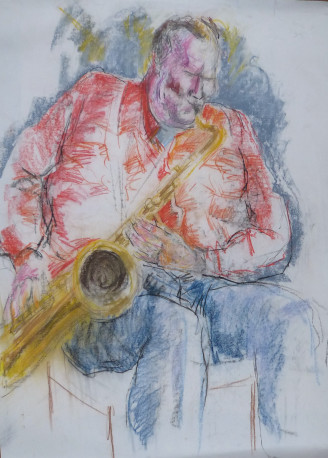
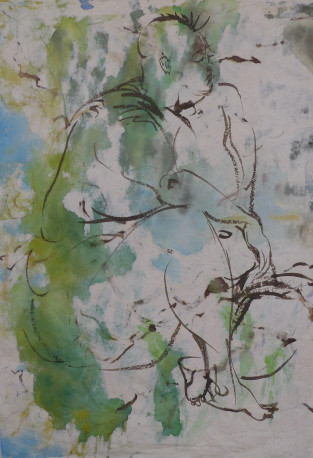
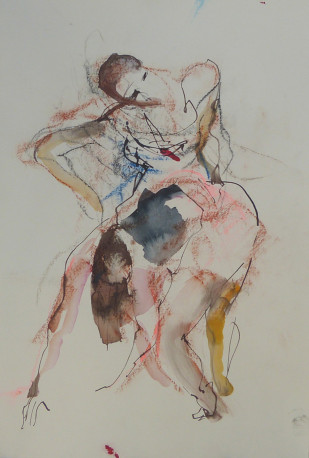
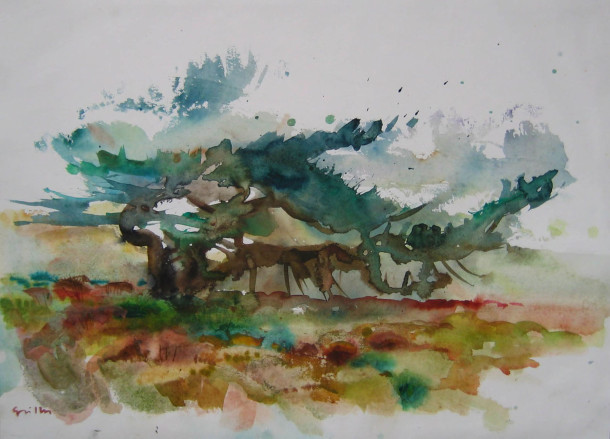
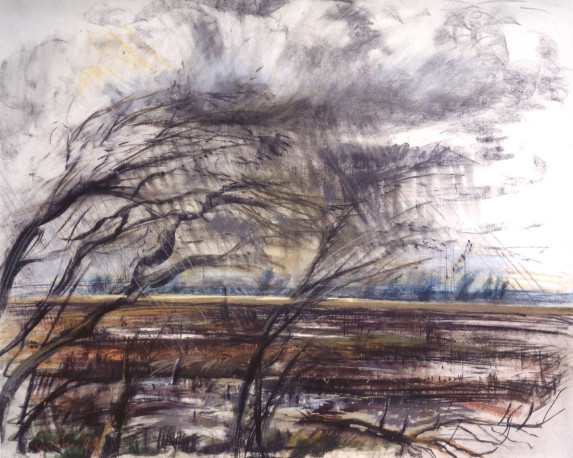
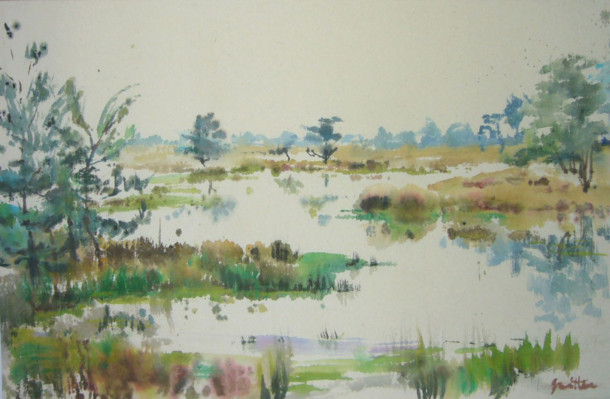

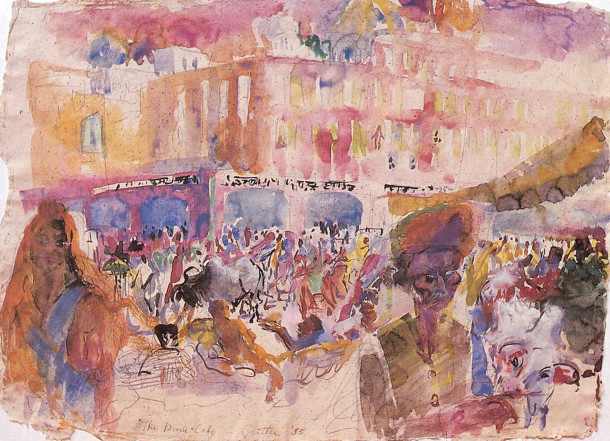
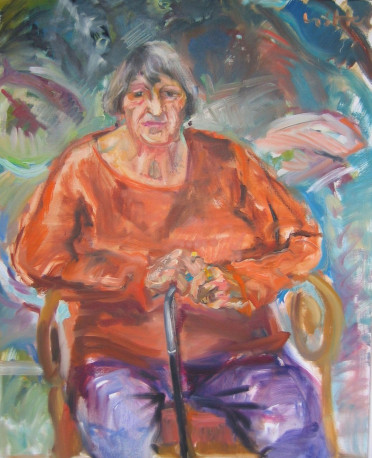
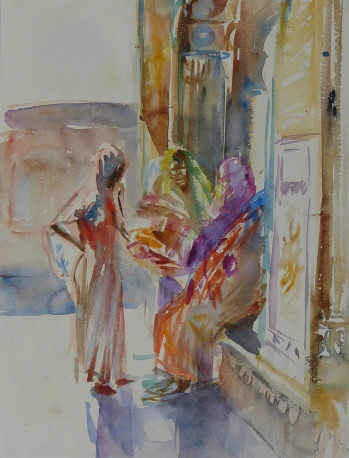














The opinions expressed by individual commentators and contributors do not necessarily constitute this website's position on the particular topic.